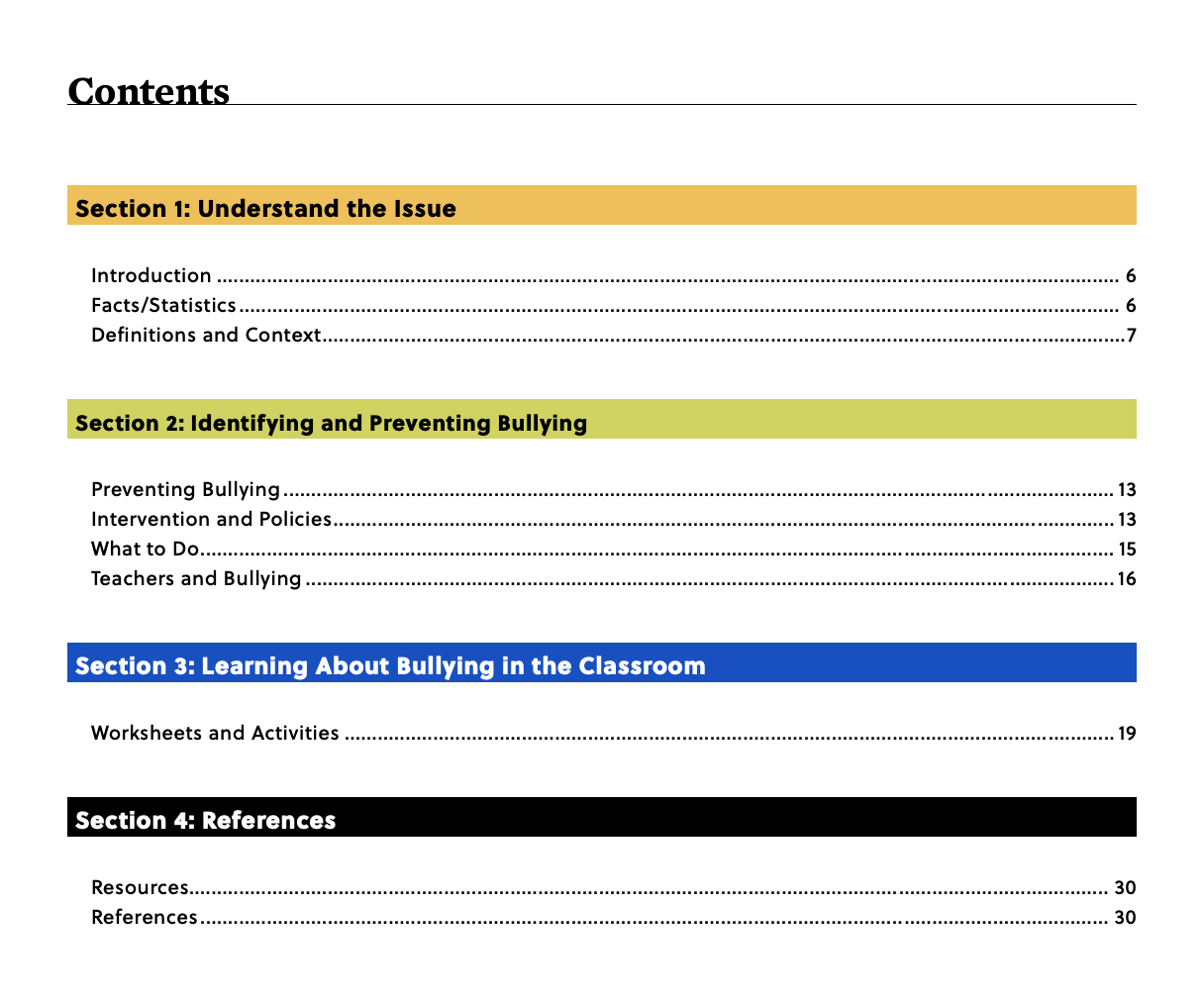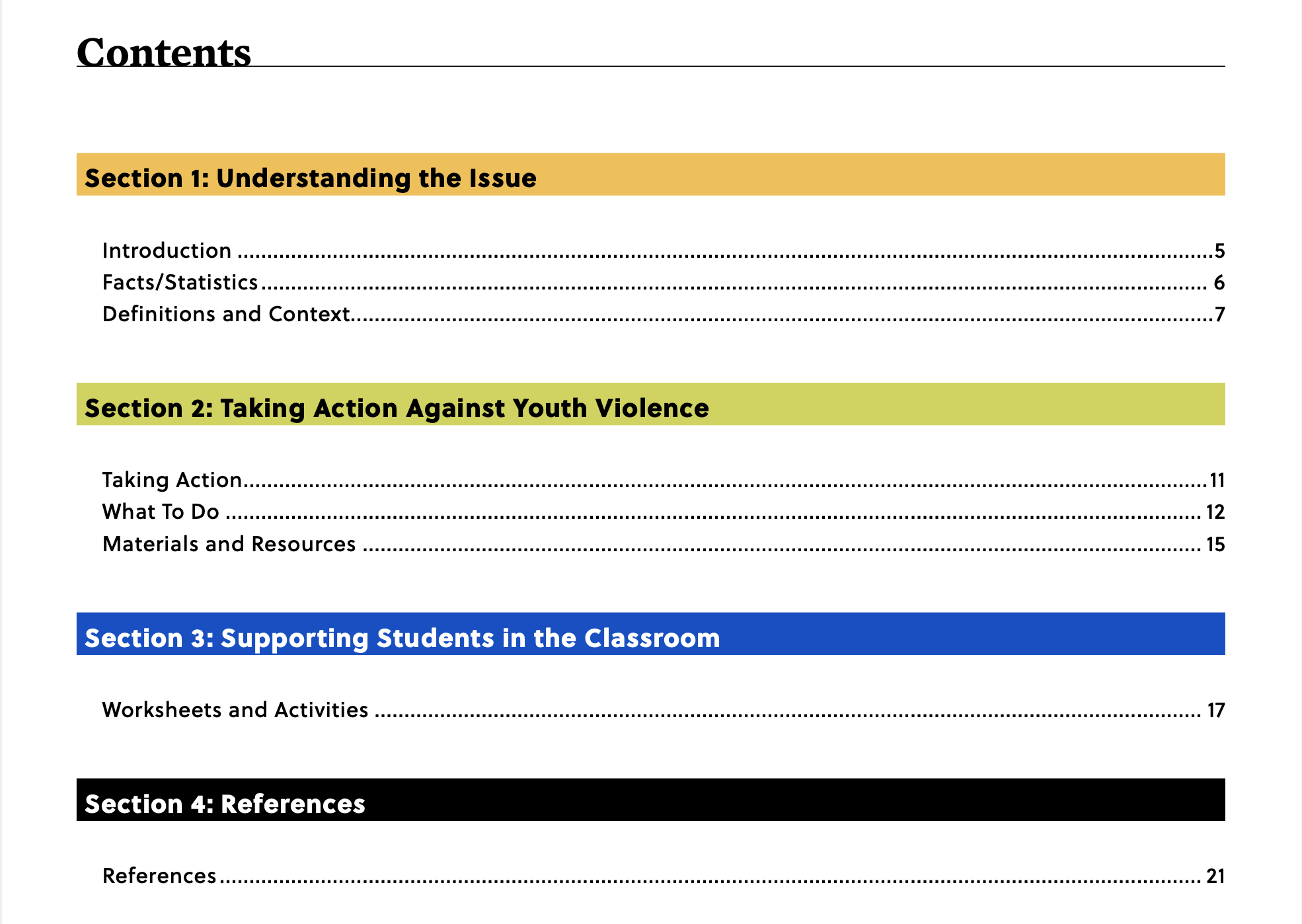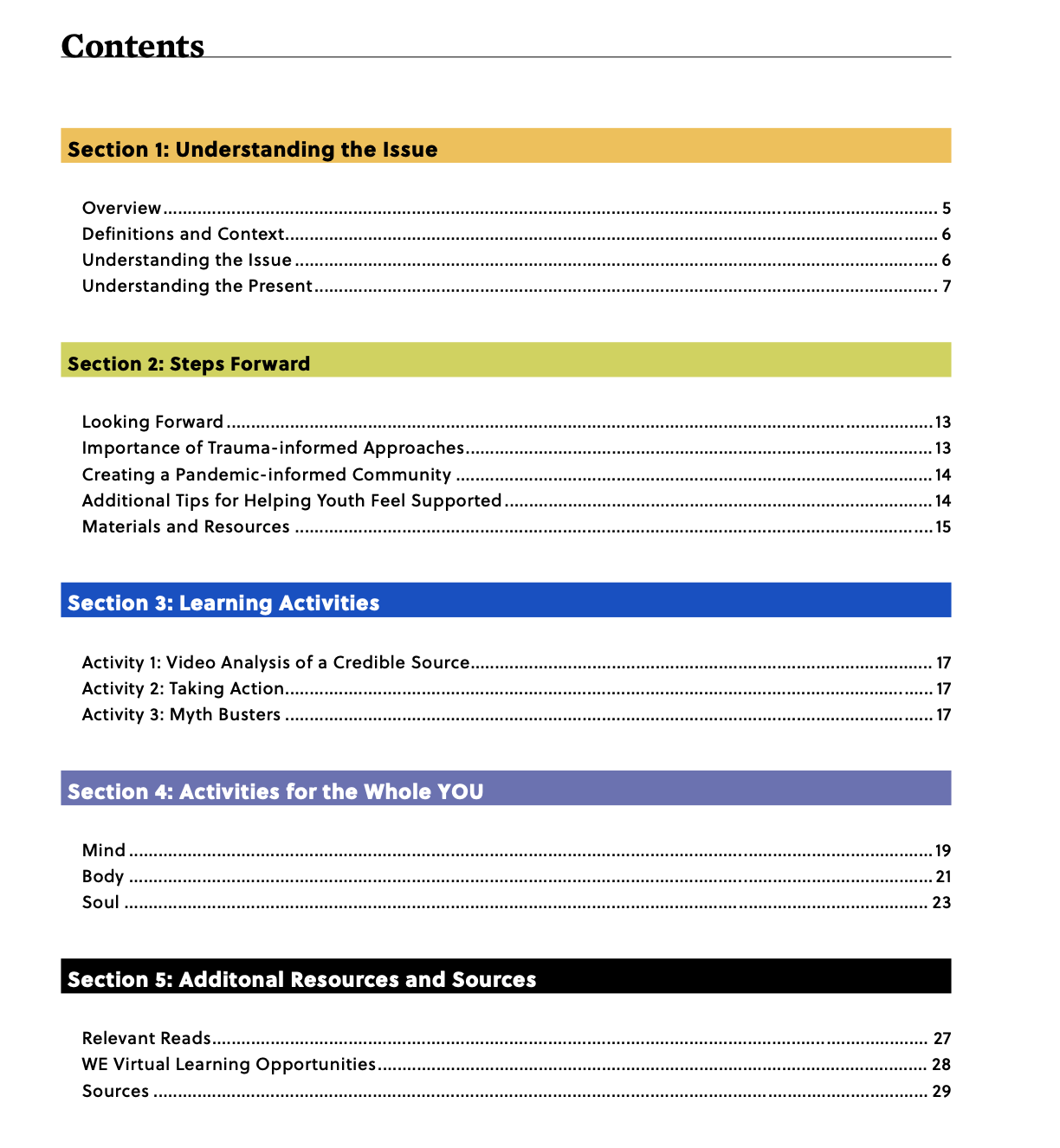The WE Teachers project helps teachers develop their abilities and give students more control over their education. The project creates connections with a group of educators who have similar objectives without charging any fees. It gives users access to training opportunities, professional development opportunities, and plenty of resources that help educators promote active and engaged citizenship in their students. The program’s courses emphasize trauma-informed techniques as well as subjects like mental health, diversity and inclusion, and communities that are aware of pandemics.
Below is an overview of all the modules content to get an idea of what each is about!

Mental Well-Being Module
A detailed lesson that covers the mental health of both students and teachers is the Mental Well-Being Module. This lesson contains statistics on the subject and offers a complete understanding of mental health problems. It introduces a number of common mental health issues and disorders, including stress, anxiety, and ADHD. The lesson emphasizes the value of encouraging both teachers’ and students’ mental health.

Introductory Module on Trauma-Informed Classrooms
The causes of childhood trauma and its effects on people are highlighted in this lesson. It also contains helpful methods for overcoming trauma and developing important life skills. Additionally, the lesson finishes with two useful activities: the Trauma-Informed Worksheet and the Self-Assessment for Teachers. These activities assist measure one’s comprehension of the material and act as useful tools for future development.

Bullying Module
With the help of this lesson, educators will be better equipped to understand and address the problem of bullying in schools. It discusses the different aspects of bullying, including the cause and consequences on children, and emphasizes the importance of developing a secure and welcoming learning environment. The course also offers advice on how to spot victims of bullying and offer them help, as well as techniques for building mental health and coping skills. In order to avoid bullying on a community-wide scale, educators may help kids feel safe and supported by addressing bullying from a trauma-informed perspective.

Diversity and Inclusion Module
By understanding the connection between trauma and diversity and inclusion, this lesson aims to support educators in engaging kids from a variety of backgrounds. This module’s learning objectives include educating students to work in a different classroom setting, include diverse viewpoints in the classroom, and making sure that the environment is friendly, polite, and secure. Additionally, the module stresses the significance of developing an equal and welcoming educational system that deals with and eliminates biases, obstacles, and structures of power that limit students’ chances of learning, developing, and fully participating to society. Teachers may assist in establishing a secure and encouraging environment for students to talk about and share their personal experiences, develop courage, and advance as learners by recognizing and addressing these barriers and biases.

Poverty Module
This course aims to help teachers in connecting with and inspiring students who have or are now experiencing struggles. It emphasizes the significance of instructors establishing a secure and welcoming learning environment that offers materials, methods, and connections to enhance students’ learning despite financial obstacles. The lesson emphasizes how it can be challenging for students to focus on learning because they are frequently exposed to abuse, homelessness, a loss of community, and family separation. Teachers must acknowledge the trauma and adversity that kids may be experiencing in order to create inclusive classrooms, and they must give them the assistance and resources they require to achieve their fundamental needs.

Youth Violence Module
Educators can use the information and tools provided in this module to support students who have experienced youth violence. The goal of the module is to provide students with an understanding of young violence, its impact on them, and how to identify a kid who is being victimized or engaged in violence. The learning objectives include looking at biases, statistics, and risks for young people, as well as identifying warning signals of teenage engagement with violence. Given that teenage violence is a major source of deaths and non-fatal injuries, educators must make sure that their classrooms are secure and ready to support kids who are exposed to it. In response to continuing pain, trauma, bullying, or victimization, violence may develop.

Pandemic Informed Module
Global citizens have a responsibility to make the world a secure and welcome place for children, both inside and outside of the classroom walls. Trauma can take many different forms, and it often impacts young people, having a major negative effect on their daily life. It is important to educate ourselves about pandemics, how to spot them, how to help our youth, and how to hopefully build a community that is prepared for them when they occur. The lesson plan seeks to offer a resource for creating a community that is aware of the epidemic and a way to frame trauma. It covers important topics including what a pandemic is, symptoms of trauma or pandemic-related anxiety in children, stress and coping mechanisms, and a range of strategies, coping mechanisms, and methods.

Anti-Racism Module
To create educated Americans who value diversity, it is essential to incorporate anti-racism worldwide ideals into the classroom. For people to relate to one another, differences in culture must be removed. Due to the limited history of Black people in education, giving students in the classroom positive role models of a similar skin tone or ethnic background may assist in the development of their racial, ethnic, and cultural identities (REC). It is possible to nurture growth in a secure and inclusive classroom environment by providing students of color with examples of strong and successful men and women who share their complexion.

Thank you for reading!
Stay connect and follow me on twitter: @scullytstockedu